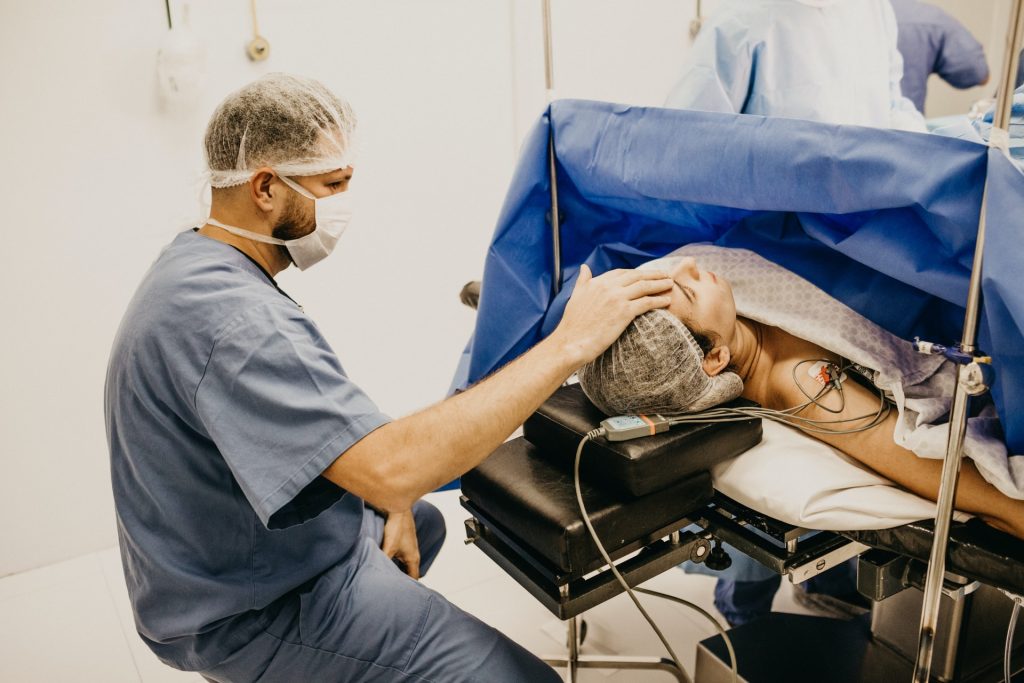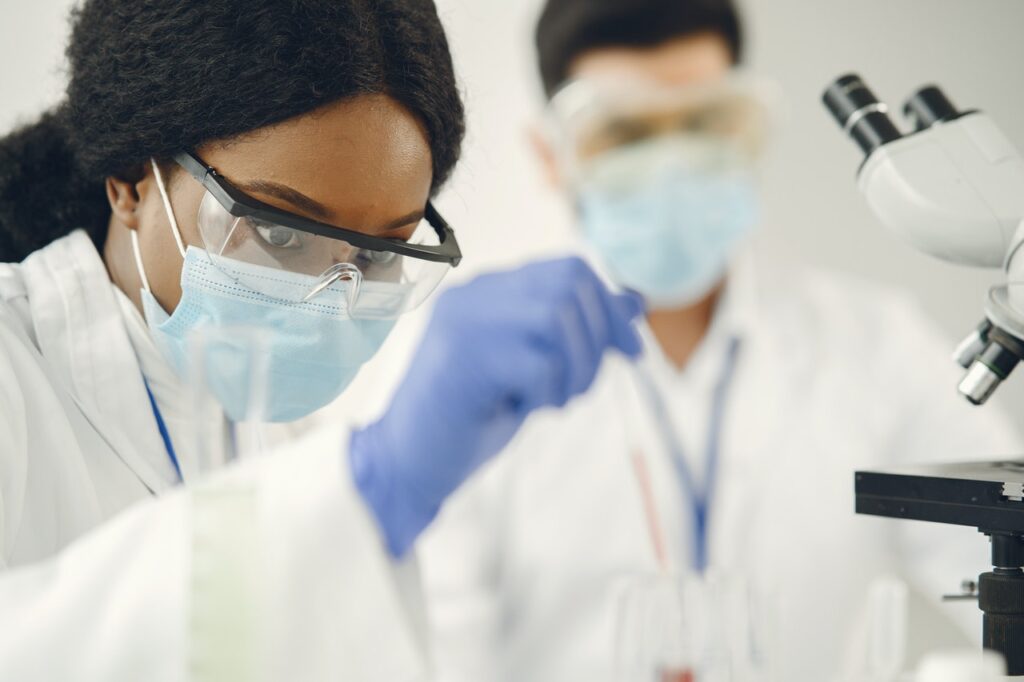New Intrauterine Device Rapidly Controls Postpartum Haemorrhage

A study led by Columbia University obstetricians has shown that a new intrauterine device can rapidly control postpartum haemorrhage, a major cause of severe maternal morbidity and death, in real-world situations.
“Our findings show that the device is an important new tool in managing postpartum bleeding,” says Dena Goffman, MD, professor of obstetrics and gynaecology at Columbia University and senior author of the study, which is published in the journal Obstetrics & Gynecology.
“We had previously shown that the device worked well with patients who were experiencing relatively minor bleeding, so it’s really reassuring to see that the device worked almost as well among a wider range of patients and when used by many different doctors.”
Overall, the device succeeded in controlling haemorrhage in 93% of vaginal deliveries and 84% of caesarean deliveries.
Major cause of severe maternal morbidity and death
Shortly after birth and delivery of the placenta, the uterus contracts and closes off the blood vessels that nourished the placenta. Failure of the uterus to contract after delivery can result in prolonged and excessive blood loss, which may necessitate blood transfusions, ICU admission, or surgery to try to stop the bleeding and, if needed, removal of the uterus.
“Less than 10% of people who give birth will have excessive postpartum bleeding, but when it happens, it can get really serious really fast,” says Goffman, who co-authored the most recent guidelines from the American College of Obstetrics and Gynecology for the treatment of postpartum haemorrhage.
Current treatment options not ideal for all patients
To stop excessive bleeding, clinicians usually start by manually stimulating the uterus and giving medications that help the uterus contract, but some of these drugs are not safe for patients with hypertension or asthma. When medication fails or isn’t an option, patients may be treated with a balloon-like tamponade device that is inserted into the uterus and controls bleeding by placing pressure on the uterine wall.
Balloon tamponade devices have a high success rate, but this treatment has an impact on the patient and family experience. “The balloon often stays in the uterus for 12 to 24 hours until the uterus is well-contracted, and during that time the patient can’t sit up in bed, can’t walk around, can’t easily care for the baby,” Goffman says.
New device approved in 2020
In 2020, the FDA approved a new intrauterine device to control postpartum bleeding that uses low-level suction to promote uterine contractions.
“With postpartum haemorrhage being one of the most preventable causes of maternal morbidity and mortality, practice-changing innovation was needed to better equip our teams and care for our patients,” says Mary D’Alton, MD, chair of the Department of Obstetrics & Gynecology at Columbia University Vagelos College of Physicians and Surgeons and national leader of the clinical trial that first tested the safety and efficacy of the device.
In that initial trial, which led to FDA approval, the device controlled bleeding in a median of 3 minutes among 106 patients experiencing relatively minor blood loss after childbirth and was removed about 3 hours after insertion. Most patients in the trial delivered vaginally. The trial also excluded patients with preterm births < 34 weeks.
Highly effective in real-world conditions
The current study, which included more than 800 patients giving birth at 16 hospitals, was designed to study the effectiveness of the new device outside of a controlled clinical trial. One third of the patients in the new study had a caesarean, and 50 patients had a preterm birth < 34 weeks.
Median blood loss volume before device insertion was also higher in the new study, reflecting a greater range in blood loss, with some patients losing substantial amounts of blood (up to 3000mL). Most patients had been treated with medications to manage postpartum bleeding prior to device insertion.
Treatment with the new device was successful in 93% of patients who had a vaginal birth and 84% of patients who had a caesarean birth (similar to efficacy with intrauterine balloon devices). For most patients, the device brought bleeding under control in five minutes. Treatment success rates were higher in patients with less blood loss prior to device insertion.
Next steps
The researchers say that early recognition of postpartum hemorrhage and timely intervention are crucial in managing the condition and preventing potentially life-threatening complications.
“Postpartum haemorrhage is a treatable condition,” Goffman says. “Delivery teams need to be attuned to recognising it quickly and managing it in a seamless and sequential manner before a patient experiences significant blood loss.”
Additional studies comparing the new device with other treatments for postpartum haemorrhage are being planned to determine if using the device earlier produces better outcomes.
“Until we have more data, we’re using the new intrauterine device after medications have been tried,” Goffman says. “But for patients with underlying conditions who cannot be treated with one or more of our available medications, the device is a critically important tool to have.”





